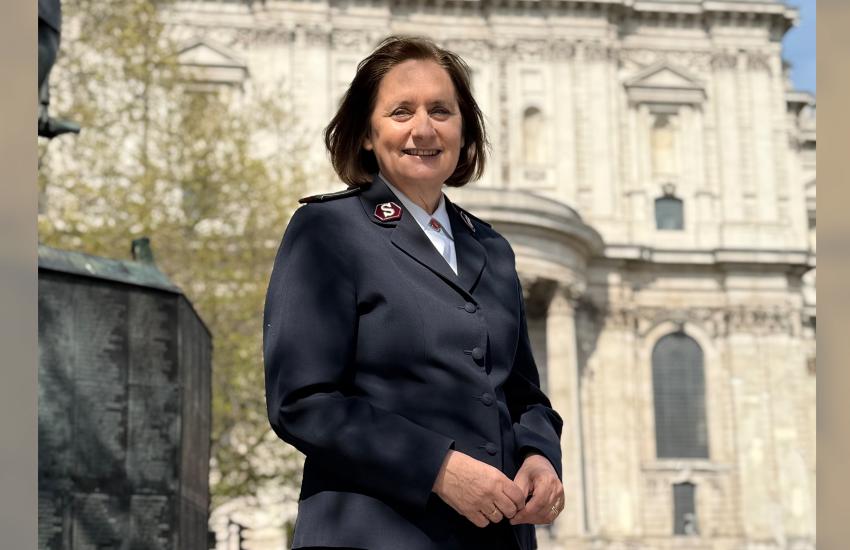A full month after large areas of Bangladesh were flooded, some rural communities are still in desperate need of assistance. The Salvation Army is working in one such place – Bhairab Upazila, located in the area where three rivers meet to form the large Meghna River. The disaster has had a severe impact on the area's 250,000 inhabitants, with particular problems being caused for the agriculturists and fish farmers.
The Salvation Army church compound is being used as a staging post for relief assistance although it is reachable only by boat or by walking waist-deep on a submerged causeway. From here, Salvation Army teams have established a medical camp and food distribution programme. Most of the aid, given to more than 1,140 families, has to be taken in a small boat which was purchased by church leaders to reach isolated families.
The Bangladesh Government is keen to move from relief into recovery work but The Salvation Army relief team is concerned that those whose lives are still endangered from malnutrition and disease should not be abandoned. A further four-week phase of supplemental feeding is to be launched, providing a basic food ration of rice, pulses and oil to 1,200 families.
Major Mike Olsen, an International Emergency Services consultant currently assigned to the flood relief programme, reports: 'Even as the lowering water level has cleared the major highway [to Bhairab Upazila], we found most farming plots still flooded and fish-rearing ponds breached. In the market towns, such as Bhairab itself, businesses and traders are struggling to bring life back to normal but are being hampered by extensive silt and mud removal.'
Along the canals and deeper into the wide delta areas, less substantial homes have been washed away or the bamboo housing supports rotted. The home sites are 'smelly mounds of mud' and there is no surviving agriculture for subsistence. Few furnishings or personal belongings have survived. Even with water levels dropping, families are unwilling to return as they have no source of food and their houses are uninhabitable.
The challenges facing this community are immense. Official figures show that 75 per cent of community members are still displaced from their homes, 85 per cent of the land is still under water, the rice, vegetable, banana and papaya crops have been totally destroyed and only 25 per cent of the jute crop survives. Fish-rearing ponds, which normally contribute towards much of the area's livelihood and employment, have been totally destroyed.
Bangladesh is no stranger to hardship. After severe floods in 1974, Major Eva den Hartog reported, ‘Everywhere in the flood-affected areas there is a desperate search for food. After losing everything in the devastating flood ... the hungry millions are hoping that some food will be available ... With all basic means of subsistence gone, death must seem better than this unbearable distress that passes for living.'
Thirty years on, as history seems to be repeating itself, the present-day relief teams of The Salvation Army stand alongside those who have again lost everything. Donations to the Bangladesh Flood Relief Appeal will help us as we help families in Bangladesh to rebuild shattered lives.
International Emergency Services Coordinator




